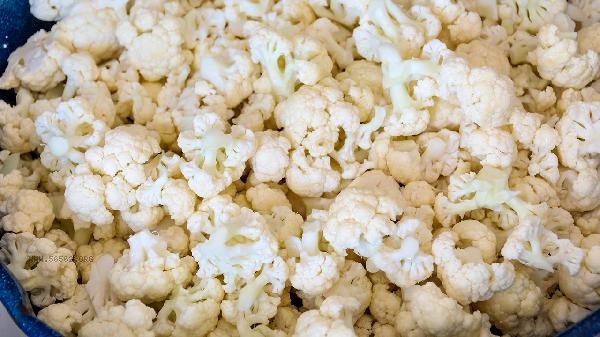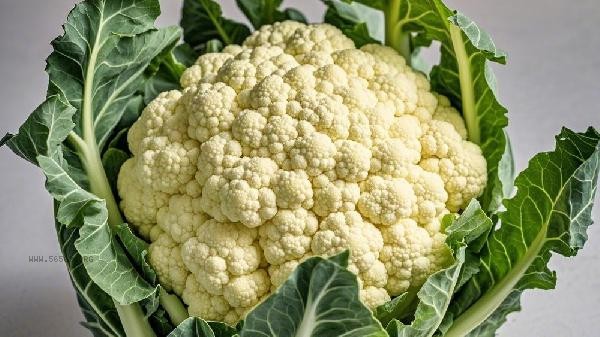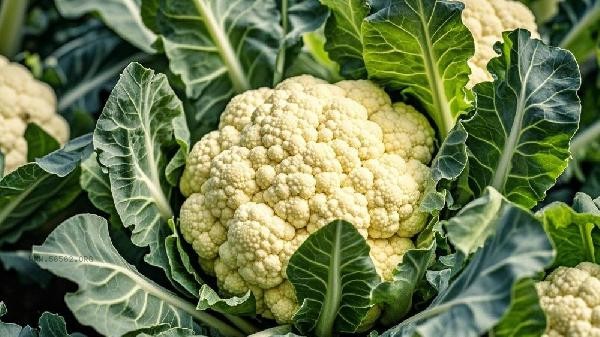After blanching and freezing, cauliflower can generally be eaten, but its taste and nutrition may decrease. Blanching and freezing cauliflower can extend its shelf life, but after thawing, the texture may become soft and water-soluble nutrients such as vitamin C may be lost. Frozen cauliflower should be sealed and stored to avoid repeated thawing. It is recommended to consume it as soon as possible. After blanching and freezing, cauliflower can effectively inhibit bacterial growth and prolong storage time. Blanching water can inactivate some oxidase activity and reduce nutrient loss during the freezing process. The freezing temperature should be stable below minus 18 degrees Celsius to avoid ice crystals damaging the cell structure. After thawing, it is recommended to cook with quick frying or steaming to reduce water leakage. Frozen cauliflower is suitable for stews, soups, and other dishes that do not require high taste. If frozen for more than 3 months or stored improperly, cauliflower may suffer from frostbite, spoilage, and other conditions. Repeated freeze-thaw cycles can cause cell rupture, produce odors, and alter texture. When abnormal phenomena such as stickiness and discoloration occur after thawing, it should be discarded. Patients with diabetes should pay attention to the fact that the glycemic index of frozen vegetables may increase slightly. People with weak digestive function should be fully heated before consumption to avoid gastrointestinal discomfort. Although frozen cauliflower is convenient for storage, fresh vegetables are still a better choice. Fresh cauliflower of the current season should be prioritized in daily diet to ensure adequate intake of dietary fiber and vitamins. Frozen vegetables should not be frozen again after thawing, and it is recommended to pack them as needed. When cooking, you can pair it with ingredients such as mushrooms and carrots to enhance its nutritional value, and pay attention to controlling the amount of salt and oil added. Special populations such as pregnant women and infants should consult a nutritionist for advice before consumption.











Comments (0)
Leave a Comment
No comments yet
Be the first to share your thoughts!